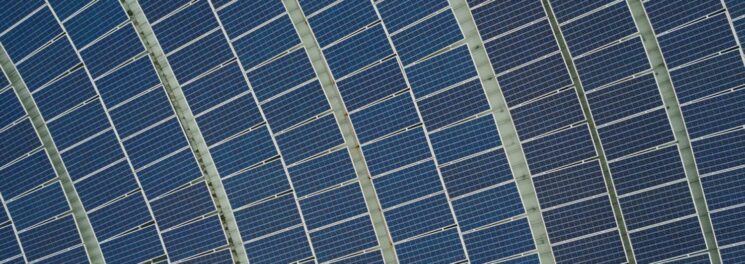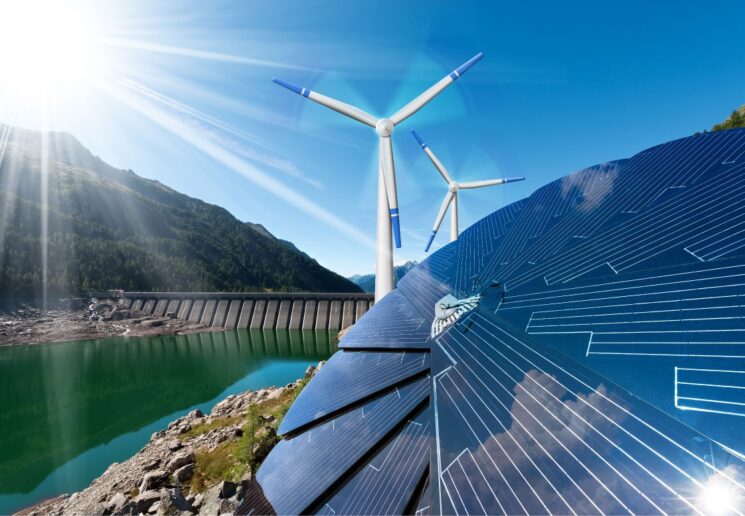In the dynamic realm of renewable energy, Solar Engineering, Procurement, and Construction (EPC) is a pivotal player. This article delves into the intricacies of Solar EPC, spotlighting key industry actors, elucidating the EPC process, and highlighting its benefits.
It further scrutinizes future trends, affirming Solar EPC’s crucial role in leveraging sunshine to power our future. Prepare for an illuminating journey into the world of EPC, where technical innovation meets sustainable progress.
In This Post
Understanding The Basics
Understanding Solar EPC involves delving into the intricate process of engineering, procurement, and construction. It is a comprehensive service that ensures the successful execution and completion of a project.
However, it doesn’t come without its challenges. Challenges include the difficulty of securing high-quality components at competitive prices, navigating complex global supply chains, and managing the multifaceted construction process.
Additionally, Financing is another significant challenge. It requires substantial upfront investment, and the return on investment is often realized over a long period, posing a risk to investors.
Despite these challenges, Solar EPC remains an essential component in the transition to renewable energy.
Key Players in Solar EPC

Despite the aforementioned challenges, several key players have emerged in this landscape, driving innovation and overcoming obstacles to power our future with sunshine. These companies are leveraging their technical prowess to tackle challenges, from supply chain complexities to EPC regulatory policies.
Leading the charge is First Solar, which has made significant strides in enhancing module efficiency. Trina Solar’s scale and manufacturing capabilities have also enabled it to overcome cost barriers. SunPower, on the other hand, is known for its high-efficiency panels and robust project portfolio.
These companies, along with others, are not only shaping the landscape but are also providing a framework for sustainable energy solutions.
The Process
The process begins with rigorous planning and feasibility studies to ensure the viability of the proposed project. The EPC contractor then carries out detailed design, procurement, and construction phases. The EPC contract negotiation is a critical stage where terms, scope, and responsibilities are clearly defined, minimizing challenges.
Notwithstanding, challenges persist. These include site-specific obstacles, supply chain disruptions, regulatory hurdles, and escalating costs. These challenges necessitate a systematic risk management approach, ensuring the project’s successful execution and completion.
Thus, the process is a complex orchestration of multiple stages, requiring technical acumen, adept negotiation skills, and robust risk management strategies. Its successful implementation empowers a sustainable energy future.
Talking About the Advantages

Transitioning to the benefits, it’s clear that this process, despite its Challenges, offers significant advantages in the quest for a sustainable energy future. Primary among these benefits is the potential for substantial cost savings.
Through EPC Financing Options, the initial investment can be spread over the project’s lifespan, making energy more accessible and economically viable. Additionally, it offers a comprehensive solution, integrating design, procurement, and construction, thereby simplifying project management and reducing risks.
Finally, this approach is scalable, from small installations to large-scale farms, providing flexibility for different needs and contexts. Thus, despite its challenges, this is a key driver in the sector’s evolution, paving the way for the broader adoption of renewable energy.
Harnessing Technological Innovations
As this landscape evolves, technological innovations play a pivotal role in shaping its future. This section explores the cutting-edge technologies transforming it, making projects more efficient, cost-effective, and environmentally friendly.
Innovative Technologies: The heart of innovation lies in the advancement of technologies. Companies are now using high-efficiency photovoltaic cells, which significantly increase the energy output per square meter. Another breakthrough is the development of bifacial panels, which capture sunlight from both sides, boosting energy yield.
Smart Management Systems: The integration of smart management systems in projects is revolutionizing how energy is monitored and managed. These systems employ advanced data analytics, AI, and IoT to optimize energy production, predict maintenance needs, and enhance overall system efficiency.
Sustainable Materials and Practices: As environmental concerns gain prominence, the focus on sustainable materials and practices is intensifying. Innovations like recyclable or biodegradable panel components are being explored to reduce the environmental footprint of power plants.
Energy Storage Solutions: The pairing of energy systems with efficient energy storage technologies, such as lithium-ion batteries, is solving the intermittency issue of solar power. This allows for a more stable and reliable energy supply, even when the sun isn’t shining.
Future Trends
Frequently evolving, future trends are expected to further enhance its efficiency and affordability in the global quest for sustainable energy solutions. Market predictions suggest increased adoption of digitalization and advanced monitoring systems, enabling more efficient energy production and management.
Innovations in advancements, such as the use of high-efficiency photovoltaic modules and the integration of storage solutions, are expected to drive down costs and improve the viability of solar energy. Furthermore, the rising prevalence of grid parity and the gradual shift towards decentralized energy production indicate a robust growth trajectory for the market.
These trends underscore the ongoing transformation of the solar industry, underpinned by continuous technological advancements and an unwavering commitment to sustainability.
Frequently Asked Questions (FAQs)
What Are Some Common Challenges Encountered in Solar EPC Projects and How Can They Be Overcome?
Common challenges in projects include securing project financing and integrating technological advancements. Overcoming these hurdles requires strategic planning, innovative financing options, and embracing new technologies to ensure project viability and efficiency.
How Does the Cost Compare to Traditional Energy Generation Methods?

While initial costs can be higher compared to traditional energy generation methods, long-term savings from reduced maintenance and operation expenses make them a financially viable solution for sustainable energy production.
Are There Any Environmental Impacts?
Solar EPC projects, while largely environmentally friendly, do have impacts. Lifecycle assessment reveals potential concerns with solar waste management, including recycling and disposal of photovoltaic panels at the end of their useful life.
How Does Weather and Geographical Location Affect the Efficiency of Solar EPC Systems?
Weather and geographical location significantly influence systems’ efficiency due to Seasonal Efficiency Fluctuations and Sunlight Exposure Variations. Optimal performance occurs in sunny, temperate climates with minimal cloud cover or shade obstruction.
Can Solar EPC Systems Be Integrated With Other Renewable Energy Sources Like Wind or Hydroelectric Power?
Yes, these systems can be integrated with other renewable energy sources like wind or hydroelectric power, creating Hybrid Power Systems. This Renewable Energy Integration enhances efficiency and reliability while reducing dependency on a single source.